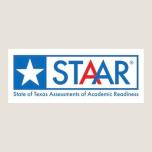February Monthly Instructional Guide for Students with Complex Access Needs
This month’s focus is on administering state assessments. The content aligns with Quality Indicator I: Alignment with State Standards on the Rubric of Effective Practices for Students with Complex Access Needs and the Administrator Companion Document to the Rubric of Effective Practices for Students with Complex Access Needs. Spring is testing season, with state assessments asking students to show what they know. This month we will familiarize you with the Texas state assessment and help you prepare your students for their examination. Download or print the February Monthly Instructional Guide Checklist for your reference.
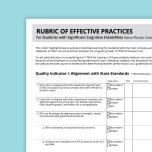
Significant Cognitive Disabilities, Behavior, Instruction, ARD/IEP Supports, Inclusion
Rubric of Effective Practices for Students with Complex Access Needs

Significant Cognitive Disabilities, ARD/IEP Supports, Instruction, Assistive Technology, Behavior, Inclusion
Administrator Companion Document to the Rubric of Effective Practices for Students with Complex Access Needs

Significant Cognitive Disabilities
February Monthly Instructional Guide Checklist
Review Student Information
- Verify assessment decisions.
- Confirm accommodations.
Verify Assessment Decisions
Check your students’ IEPs to verify which version of the state assessment the ARD committee has determined they will take this year.
- The STAAR is a standardized academic achievement test designed to measure the extent to which a student has learned and is able to apply the defined knowledge and skills in the TEKS at each tested grade, subject, and course. Every STAAR question is directly aligned to the TEKS currently in effect for the grade and subject or course being assessed. STAAR is an online assessment in mathematics, reading language arts (RLA), science, and social studies for students in grades 3–8 and high school and online tests in Spanish for students in grades 3–5. Most students in the state will take the STAAR.
- The STAAR Alternate 2 is an alternate assessment based on alternate academic achievement standards. It is a standardized item-based assessment administered individually to eligible students with the most significant cognitive disabilities who are receiving special education services. STAAR Alternate 2 fulfills the requirements of the federal Elementary and Secondary Education Act, the Individuals with Disabilities Education Act, and the Every Student Succeeds Act. STAAR Alternate 2 is a paper assessment in mathematics, reading language arts (RLA), science, and social studies for students in grades 3–8 and high school. There are very specific participation requirements for eligibility for the STAAR Alternate 2.
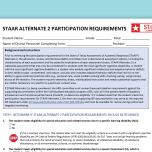
Significant Cognitive Disabilities
STAAR Alternate 2 Participation Requirements
Confirm Accommodations
Each of the assessments has allowable accommodations that can be used on the test. Review the IEP for the accommodations each student uses routinely and effectively in class and which of those they have designated to use on the assessment.
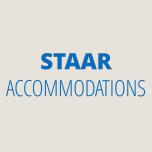
STAAR Accommodations
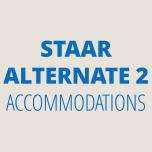
STAAR Alternate 2 Accommodations
Review State Assessment Information
Stay current on the latest state assessment information through training and online resources.

STAAR Alternate 2 Resources
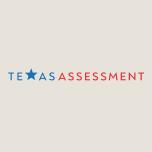
Texas Assessment
Prepare Students for State Assessment
- Implement accommodations.
- Practice format.
Implement Accommodations
Since the beginning of the year, you have been exposing your students to high-quality rigorous instruction. You have been implementing accommodations and collecting data. Remember that the accommodations on the assessment must be used by the student routinely and effectively in class, so continue facilitating students’ use of their accommodations on classroom assignments and assessments.
Practice Format
Be aware that on the online assessment, the accommodations may be presented in a different format than the student may be used to. It is important to familiarize students with the tools in the online interface. Practice tests are available for both the online STAAR and the paper STAAR Alternate 2 examinations.
Since the STAAR Alternate 2 is administered individually, consider how you will manage your classroom during this time so that the other students are engaged in learning while you are administering the test to their classmate.
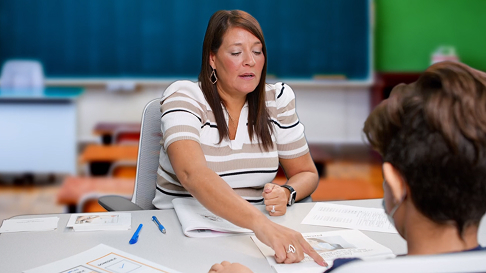
Administration of the STAAR Alternate 2. Texas SPED Support, 2021
Extend Your Learning
Learn more about Quality Indicator I: Alignment with State Standards in the Building a Foundation Series course, Quality Indicator I: Alignment with State Standards.

Significant Cognitive Disabilities, ARD/IEP Supports, Instruction
Building a Foundation
Final thought: Prepare students for participation in state assessment
This month, make sure you have prepared your students for participating in their state assessments. Continue to use accommodations, introduce the testing format, and let them know how proud you are of their hard work!
Looking Ahead
When we move into the March Monthly Instructional Guide, we will cover how to problem-solve to improve student supports.
